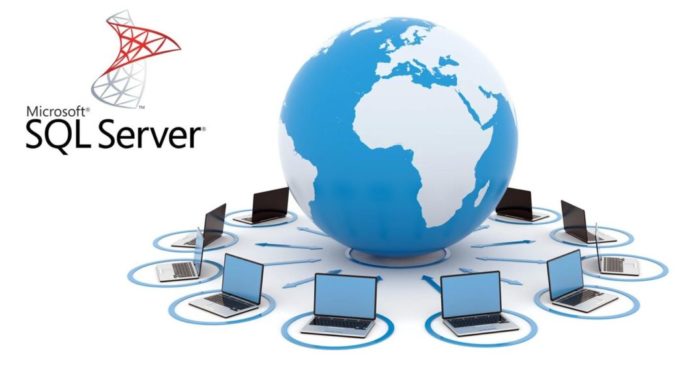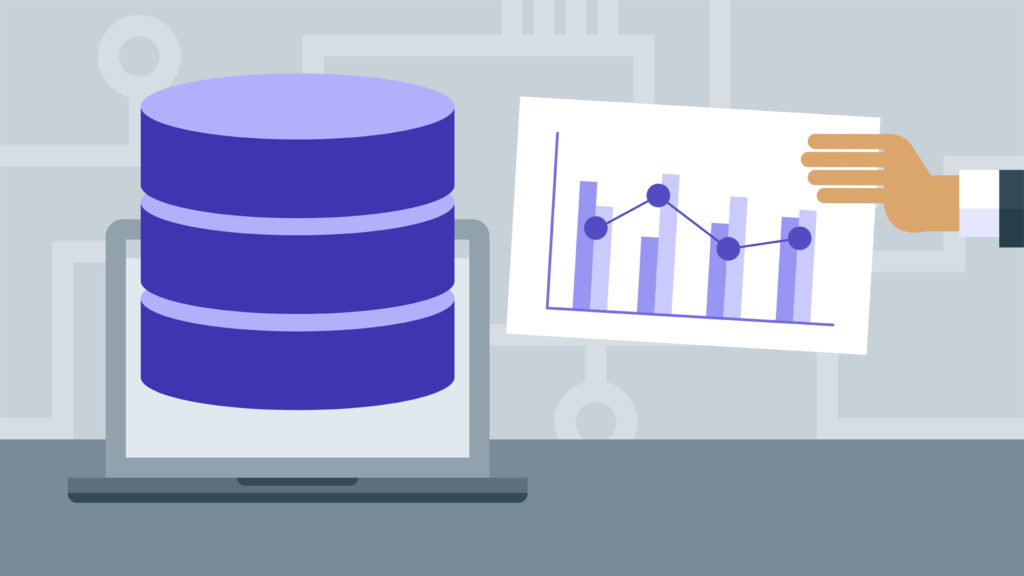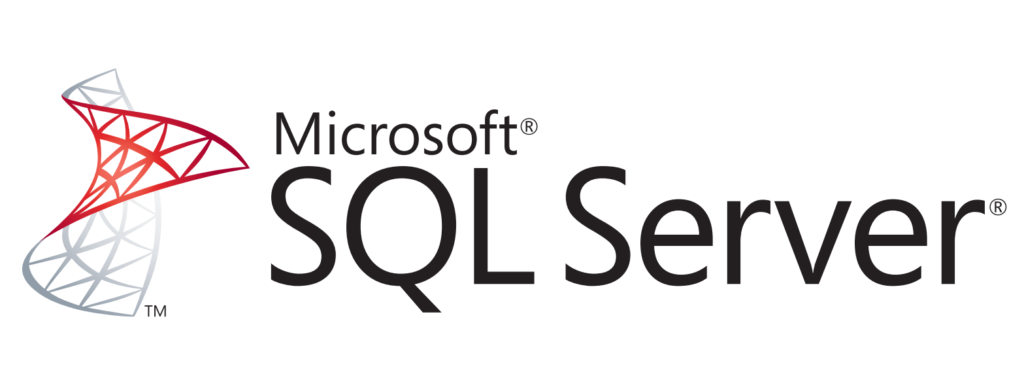
Microsoft’s SSRS, or SQL server reporting services, is one of the most useful tools a modern business has at its disposal. If you haven’t gotten your team up-to-speed on how to use SSRS, it’s time to consider what it is and how it can help.
What is SSRS?
Microsoft created SSRS as a way for businesses to collate data from multiple sources, determine what is most useful to the company, and then build custom reports. Systems administrators can share these reports with any user they like.
Once you know how to use the system, you can set up subscriptions to external data sources and define the parameters you want SSRS to use when making a report. The resulting reports can be sent to employees, shareholders, customers, suppliers, vendors, or IT.
The process of finding information, discerning what is useful for a particular application, and then combining and reporting on it is time-consuming at best. SSRS allows you to automate much of this process.

What kind of reports can you get?
SSRS can generate both print reports and interactive digital reports. Reports can be free-form according to your design, tabular, or graphics. You can send out reports as XML or text, use file sharing, send by email, print, or use a tool like SharePoint or Dropbox.
There are ten major types of SSRS reports. Snapshot reports allow you to get a quick look at a database. Drilldown reports provide a summary of data with areas to click so the user can look more deeply as necessary.
Parameterized reports use data input that you as the user define yourself. Ad hoc reports are created on demand, while click-through reports give detailed information about items within the main summary report. There are also subreports, cached reports, and several other types to choose from.
What are these reports used for?
If you can think of something you want to know or information you need to send to others, SSRS can probably help. You can use it to move data from one database to another, or as a way of alerting someone when it is time to begin a task.

SSRS can automate much of the payment process while keeping track of pay histories and arranging your earnings register. You can keep up with transaction histories, generate summaries of vendor analysis, or watch changes in cost histories.
You can also use SSRS to report to management, keep an eye on sales orders, and ensure that everyone’s data histories are synced up. SSRS makes it fast and easy to summarize things for shareholders or customers.
Variety of formats
You can generate reports in PDF form, in Excel, or as CSV files. You can have line, bar, or pie charts on the report. If you prefer, you can generate an alert rather than a report. You can even set the system to automatically generate a task when certain parameters are met.
Customization
One of the best reasons to pursue SSRS Training for your employees is the power you will then have to arrange reports in whatever way you like and filter data according to your parameters. You can even make your parameters dynamic so they change as required by circumstances.

Data consistency
If you have a lot of people working with information, it is crucial that they all work from the same, accurate database. SSRS lets you keep everything synced so you never have to worry about anyone working from outdated information.
Historic accuracy
One of the best things about SSRS is the way it allows your company to instantly see and analyze historical data. With this kind of power in your hands, it becomes easy to identify trends and see at a glance what is changing so you can plan how to meet the next challenge.














